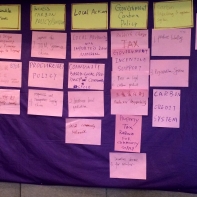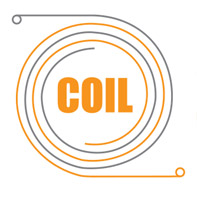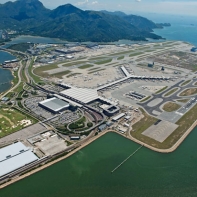 If we are to avoid the disastrous consequences of climate change, we must keep our total carbon emissions to within a budget of 1,000 trillion tonnes globally. Yet half of this budget has been used up since the industrial revolution and on current trends the rest will be used up in the next few decades. Hong Kong is a high consumption society, ranking second in terms of carbon footprint per capita if embedded carbon in imported goods is taken into account. The challenge is for Hong Kong to reduce carbon emissions and be able to maintain social well-being at the same time.
If we are to avoid the disastrous consequences of climate change, we must keep our total carbon emissions to within a budget of 1,000 trillion tonnes globally. Yet half of this budget has been used up since the industrial revolution and on current trends the rest will be used up in the next few decades. Hong Kong is a high consumption society, ranking second in terms of carbon footprint per capita if embedded carbon in imported goods is taken into account. The challenge is for Hong Kong to reduce carbon emissions and be able to maintain social well-being at the same time.














